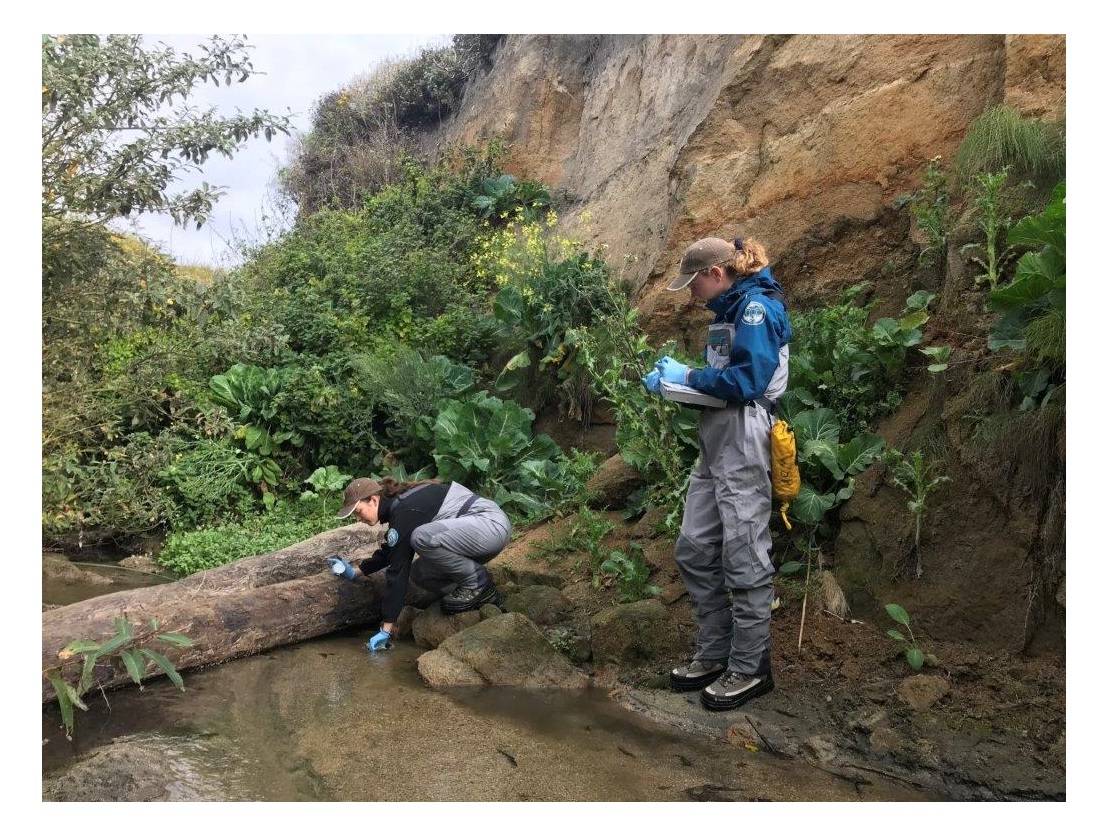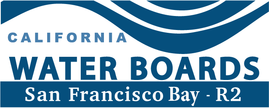The 303(d) List of Impaired Water Bodies
 |
Under the section 303(d) of the Federal Clean Water Act (CWA), States must review, make necessary changes, and submit the 303(d) list (list of waters not meeting water quality standards) to the U.S. Environmental Protection Agency (U.S.EPA). The 303(d) List also sets the Water Board’s priorities for development of TMDLs and other regulatory programs aimed at resolving the impairments. |
Announcements
For 303(d), State and Regional Water Boards assess water quality monitoring data for California’s surface waters every two years to determine if they contain pollutants at levels that exceed protective water quality standards. Water bodies and pollutants that exceed protective water quality standards are placed on the State’s 303(d) List. In California, this determination is governed by the Water Quality Control Policy for developing California’s Clean Water Act Section 303(d) list. U.S. EPA must approve the 303(d) List before it is considered final. Placement of a water body and pollutant on the 303(d) List requires the development of a Total Maximum Daily Load (TMDL), a water quality improvement plan. In some cases, other regulatory programs will address the impairment instead of a TMDL, or the water quality may improve as a result of remedial actions or implementation of control measures.
CWA Section 305(b) requires each State to report biennially to U.S.EPA, on the condition of its surface water quality. For the 305(b) Report, State and Regional Water Boards place the water body segments that were assessed into one of U.S.EPA’s five Integrated Report beneficial use report categories. These reports are combined in a report called the California 303(d)/305(b) Integrated Report.California has been developing 303(d)/305(b) Integrated Reports every two years since 1976, and these reports are available in electronic format on the State Board's Water Quality Assessment web page.
Please visit the State Water Board’s Water Quality Assessment page for more information and to sign up for notifications.
2018 Section 303(d) List Changes
The Regional Board approved limited changes to the Section 303(d) list at its March 13, 2019 meeting. Please see the Staff Summary Report and appendices below for more information. For complete information about these and other changes to the 2018 list, please visit the State Water Board's 2018 303(d) web page. There you can find the impaired waters list, a Staff Report, public comments and responses to comments. Here are documents associated with the March 2019 Regional Board meeting.
Signed Final Resolution No. R2-2019-0011
- Staff Summary Report
- Appendix A - Tentative Resolution
- Appendix B - Staff Report
- Appendix C - Fact Sheets
- Appendix D - Comments Received
- Appendix E - Response to Comments
- Proposed Updates to the 2018 303(d) List
- Miscellaneous Changes
- Reference Report for 303(d) List Fact Sheets
Among the approved changes to the Section 303(d) list were de-listings of Napa River and Sonoma Creek for nutrient impairments. The San Francisco Bay Regional Water Quality Control Board approved the delistings of Napa River and Sonoma Creek at its February 12, 2014 meeting. These materials from the February 2014 Regional Water Board hearing are available upon request.
- February 2014 Board Meeting Agenda (materials attached to agenda)
- Delisting Summary: Resolution No. R2-2014-0006, Staff Report, Public Comments, Response to Comments
- February 12, 2014 Water Board Presentation
- Napa Sonoma Nutrient Delisting Data (Excel)
- Napa Sonoma Continuous Monitoring Data (Excel)
2016 Integrated Report
The 2016 Integrated Report that was approved by the San Francisco Bay Regional Board on April 12, 2017. The Final Staff Report is available in PDF form, and the appendices link to web pages containing the described information on 303(d) list changes and 305(b) assessment of waterbody segments in the San Francisco Bay Region.
- Appendix A - Proposed Updates to the 303(d) List
- Appendix B - Category 5 Waterbody Segments
- Appendix C - Category 4a Waterbody Segments
- Appendix D - Category 4b Waterbody Segments
- Appendix E - Category 3 Waterbody Segments
- Appendix F - Category 2 Waterbody Segments
- Appendix G - Category 1 Waterbody Segments
- Appendix H - Fact Sheets
- Appendix I - Miscellaneous Changes
- Appendix J - Reference Report for Fact Sheets
The Water Boards are working toward innovative storm water quality solutions including incorporation of low impact development objectives, green chemistry pollutant control, and education outreach through films.
-
Impaired Waterbody and Total Maximum Daily Load Map Tool
- Impaired Waterbody Map Features:
- This map tool allows a user to locate Hydrologic Unit Code 10 (HUC-10) watersheds and impaired waterbodies with applicable requirements from Appendix 3 of the Industrial General Permit.
- Total Maximum Daily Load Map Features:
- This map tool allows a user to find Total Maximum Daily Load (TMDL) waterbody(ies) or watersheds that will have implementation requirements through the Industrial General Permit effective July 1, 2020.
- DISCLAIMER: The map tool is for information only and there is no explicit or implied assurance of the accuracy for the information provided. The map tool will help Dischargers determine potentially applicable TMDL requirements based upon facility location, but it is ultimately the responsibility of the Discharger to identify applicable TMDL requirements by identifying the facility’s: 1) receiving waterbody(ies), 2) the pollutants discharged, and 3) applicable requirements in Attachment E of the Industrial General Permit.
- Impaired Waterbody Map Features:
Region 2 Contact
Richard Looker
richard.looker@waterboards.ca.gov
Phone: (510) 622-2451



